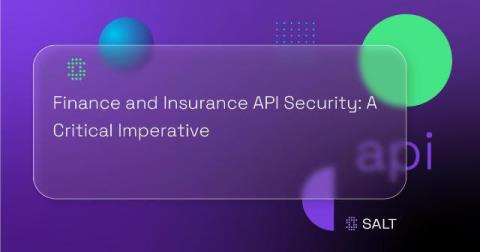Dealing with Insurance Companies in Des Moines During Personal Injury Claims: Strategies and Tips
Navigating the labyrinth of insurance companies during a personal injury claim in Des Moines can be intimidating, especially when you're focused on recovery. However, understanding the dynamics of these interactions and employing effective strategies with the help of a personal injury lawyer in Des Moines can significantly enhance your chances of securing a fair settlement. Here's a guide to dealing with insurance companies during personal injury claims.











